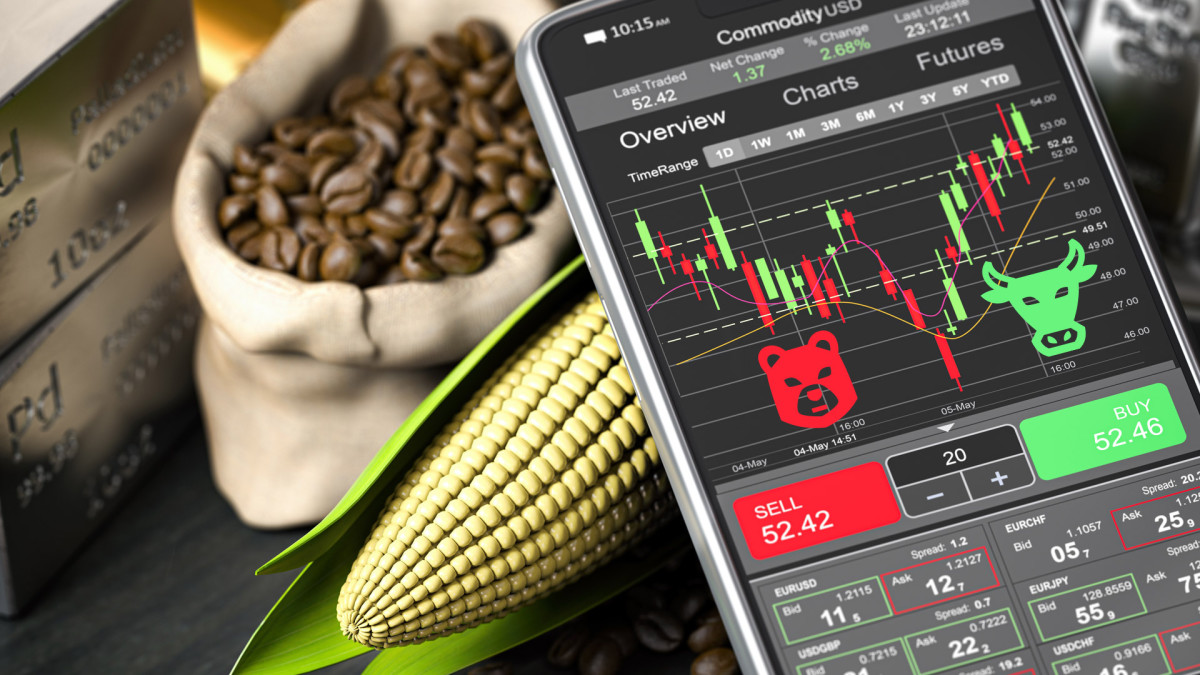
The commodities market trades raw materials like agriculture, energy, and metals. Prices fluctuate based on supply, demand, and economic factors, serving as a vital platform for global trade.
The commodities market is a vital component of the global economy, facilitating the trading of raw materials and primary goods. These commodities are categorized into various sectors, including agriculture, energy, and metals, each with distinct characteristics and market dynamics. This comprehensive overview explores the types of commodities, trading mechanisms, factors influencing prices, investment strategies, and the overall significance of the commodities market.
Type of Commodities Market
These include staple crops and livestock products. Examples are grains (wheat, corn), soft commodities (coffee, sugar, cocoa), and livestock (cattle, hogs). Agricultural commodities are influenced by weather conditions, seasonal cycles, and global demand.
This category includes natural resources like crude oil, natural gas, and coal. Energy prices are significantly affected by geopolitical events, supply chain disruptions, and shifts in energy consumption patterns, especially in the context of renewable energy transitions.
Metals can be further divided into precious metals (gold, silver, platinum) and industrial metals (copper, aluminum, nickel). Precious metals are often seen as safe-haven assets, while industrial metals are driven by demand from manufacturing and construction sectors.
How Commodities are Traded
Commodities are traded on various exchanges, with two primary types of trading: spot and futures markets.
In the spot market, commodities are bought and sold for immediate delivery. Prices are determined by current market supply and demand.
The futures market involves contracts that obligate the buyer to purchase, and the seller to sell, a specific quantity of a commodity at a predetermined price on a future date. This market allows producers and consumers to hedge against price fluctuations and provides opportunities for speculative trading.